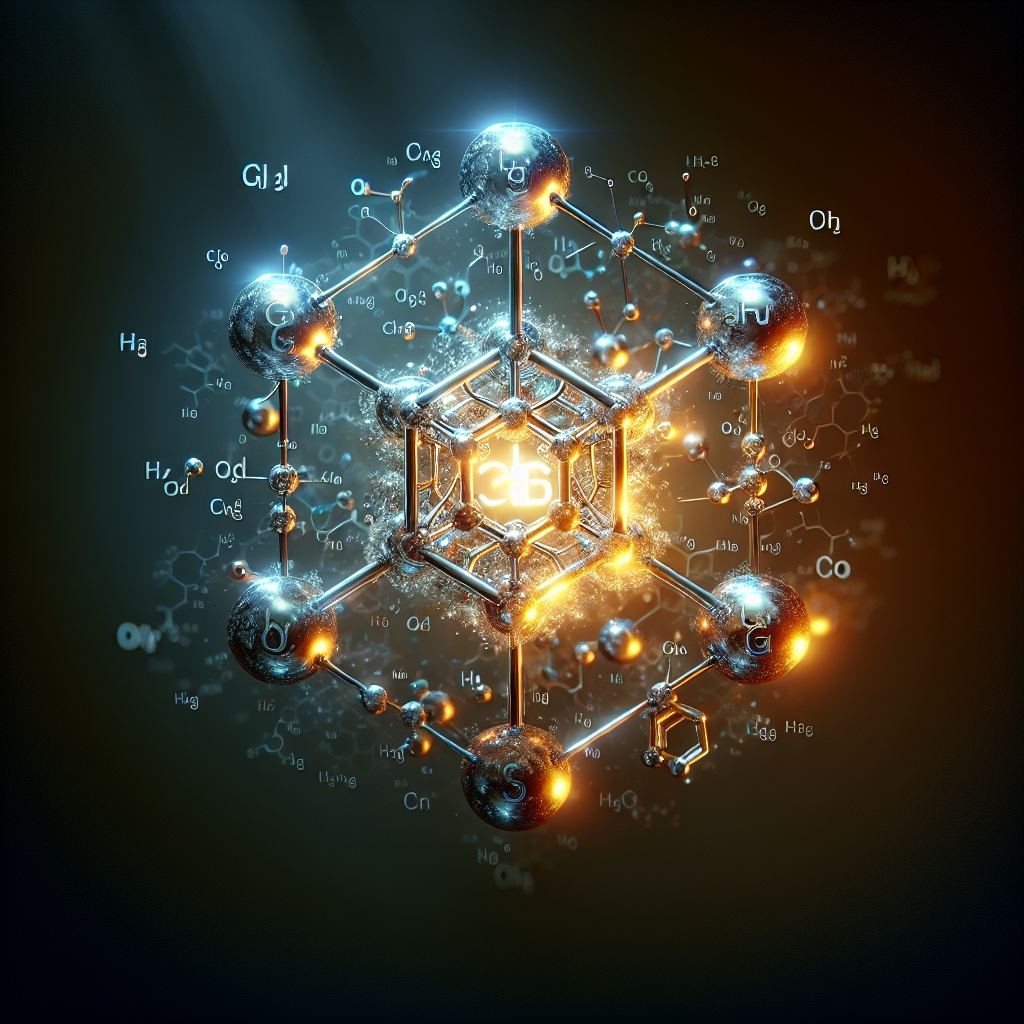Gadolinium, a chemical element with the symbol Gd and atomic number 64, is a rare earth metal known for its unique properties and wide range of applications. This article delves into the composition, characteristics, and uses of gadolinium, shedding light on why this element holds significant importance in various scientific and industrial fields. From its role in enhancing magnetic resonance imaging (MRI) to its potential in future technologies, gadolinium’s multifaceted nature makes it a subject of interest for researchers and professionals alike.
Chapter 1: Understanding Gadolinium’s Composition and Characteristics
Gadolinium belongs to the lanthanide series on the periodic table, a group of 15 metallic elements known for their similar properties. Despite being classified as a rare earth metal, gadolinium is relatively more abundant in the Earth’s crust than some of the more familiar metals like lead or tin. It is never found in its pure form in nature but is extracted from various minerals such as monazite and bastnäsite, which contain small amounts of all the rare earth elements.
The element is silvery-white, malleable, and ductile, with a hexagonal close-packed crystal structure at room temperature. Gadolinium possesses unique magnetic properties; it has the highest thermal neutron capture cross-section of any known element, making it extremely useful in nuclear reactors as a neutron absorber. Additionally, gadolinium exhibits ferromagnetic properties below 20°C (68°F) but transforms into a paramagnetic state above this temperature, a characteristic that is exploited in various technological applications.
One of the most notable features of gadolinium is its high magnetic susceptibility, which means it is highly responsive to magnetic fields. This property is particularly valuable in the field of medical imaging. When gadolinium compounds are used as contrast agents in MRI scans, they enhance the contrast between different tissues, making it easier to diagnose a variety of conditions.
Chapter 2: The Extraction and Refinement of Gadolinium
The extraction of gadolinium from its ores is a complex process that typically involves several steps. Initially, the ore is crushed and subjected to various chemical reactions to separate the different rare earth elements. The separation process often involves solvent extraction techniques, where the rare earth elements are dissolved in an acidic solution, and then selectively extracted using organic solvents. Gadolinium is then further purified through processes such as ion exchange and electrochemical deposition.
Once extracted, gadolinium can be processed into various forms depending on its intended use. For industrial and technological applications, gadolinium is often alloyed with other metals to enhance its properties. For example, gadolinium can be combined with iron and boron to create powerful magnets, or alloyed with yttrium and aluminum to produce materials with specific optical properties.
The refinement of gadolinium is crucial for its use in medical applications, particularly as a contrast agent in MRI scans. Gadolinium-based contrast agents (GBCAs) are carefully formulated to ensure that the gadolinium ion is tightly bound within a complex molecule, minimizing the risk of toxicity. These agents are designed to be stable and safe for use in humans, with the gadolinium ion enhancing the magnetic properties of the agent without being released into the body.
Chapter 3: Applications and Future Prospects of Gadolinium
Gadolinium’s unique properties make it invaluable in a wide range of applications. Beyond its well-known use in MRI contrast agents, gadolinium plays a critical role in nuclear reactors, where its ability to absorb neutrons helps control the nuclear fission process. Gadolinium is also used in manufacturing fluorescent lamps and in the production of compact discs and computer memory.
In the realm of scientific research, gadolinium is a key component in the development of advanced materials. Its magnetic properties are being explored for use in magnetic refrigeration technology, which offers a potential energy-efficient alternative to traditional refrigeration methods. Gadolinium-based materials are also being investigated for their potential in data storage technologies, where their magnetic characteristics could enable the development of high-capacity, fast-access memory devices.
Looking to the future, the demand for gadolinium is expected to grow as its applications in technology and medicine continue to expand. Researchers are exploring new ways to utilize gadolinium’s properties, from enhancing the efficiency of solar panels to developing new therapeutic agents in cancer treatment. As our understanding of this versatile element deepens, gadolinium is poised to play an increasingly important role in advancing technology and improving human health.
In conclusion, gadolinium is a fascinating element with a broad spectrum of applications that stem from its unique magnetic and physical properties. From its critical role in enhancing medical diagnostics to its potential in future technologies, gadolinium continues to be a subject of extensive research and development. As we uncover more about this element, its contributions to science and industry are set to increase, highlighting the importance of gadolinium in our modern world.

